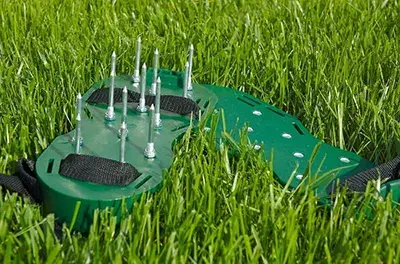 You might have the displeasure of experiencing the terrible side effects of an aphid infestation. Lucky for you, we’re here to help you identify these little creatures. Today, more specifically, we’re discussing how you can identify them by their black, sooty mold.
You might have the displeasure of experiencing the terrible side effects of an aphid infestation. Lucky for you, we’re here to help you identify these little creatures. Today, more specifically, we’re discussing how you can identify them by their black, sooty mold.
You might want to know how to identify aphids. It’s simple, really. You need to keep an eye out for black, sooty mold on your greens. This mold is caused by an abundance of aphids. But how does this mold get created in the first place? A warning for those that are a little squeamish, this following information is kind of gross.
The Process
Aphids create the black mold on your favorite plants by excreting. When enough of them do it, the large amount of coating becomes a real issue for your plants. This excretion comes as a mixture of themselves and what they’ve eaten, which is sap. When it comes out the other side, the sap is going to eventually cause a black mold on your plants. This, friends, is honeydew’s doing!
Honeydew Problems
Ants love it. Birds can’t get enough of it. Honeydew is a food hit in nature. But one thing that doesn’t like honeydew is your trees or leaves. Pecan trees, the texas state tree, are frequently plagued by aphids and their honeydew. But that doesn’t mean pecans are the only victims. Aphids spell bad news for just about anything they cover.
During the sap-eating phase that eventually produces the sooty mold of honeydew, an aphid can really harm your tree or plant by transmitting a disease. It’s a one-two punch when an aphid goes in for eating. The eating will harm your plant life while a transmitted disease can be an additional hit to your trees or plants.
Get Help
Do you have any need for a professional lawn care company like Emerald Lawns to come and help you with your aphid problem? If so, we would be happy to help you out. We’re your Austin lawn-care pros and will have those aphids out of your property in no time.




